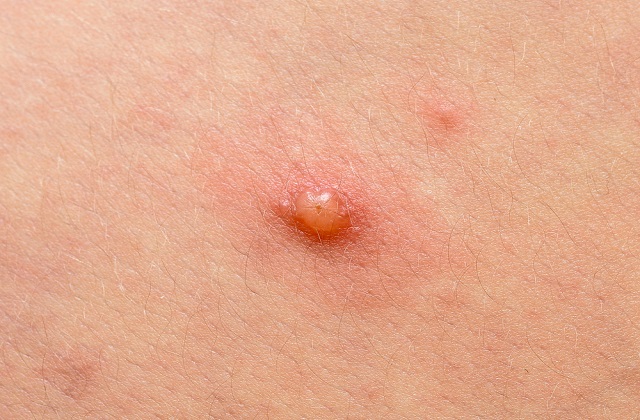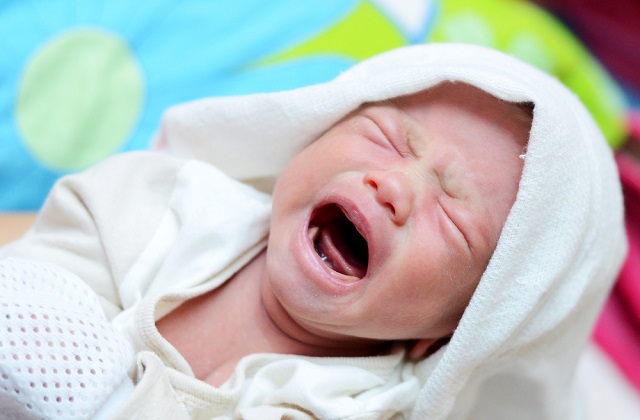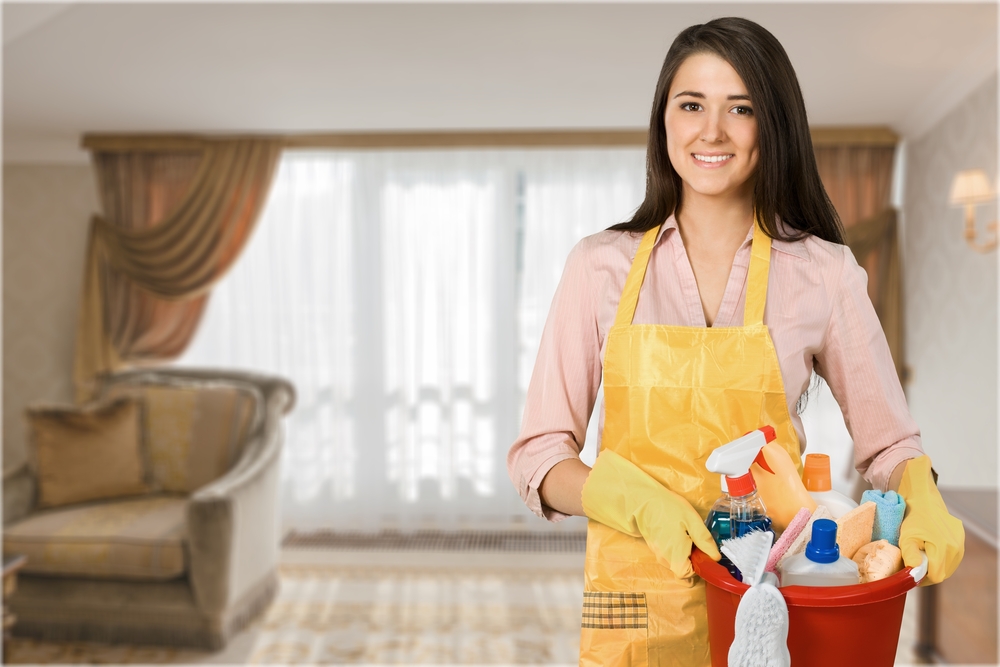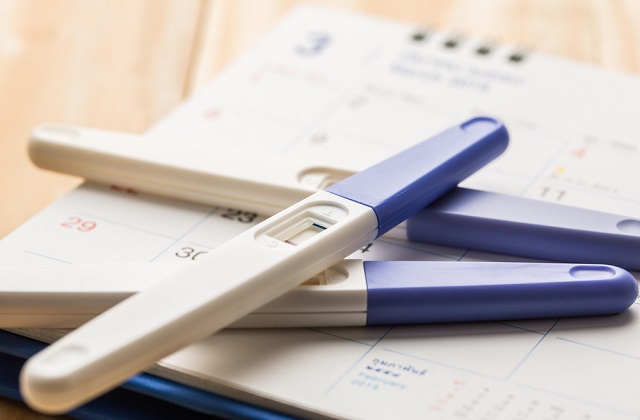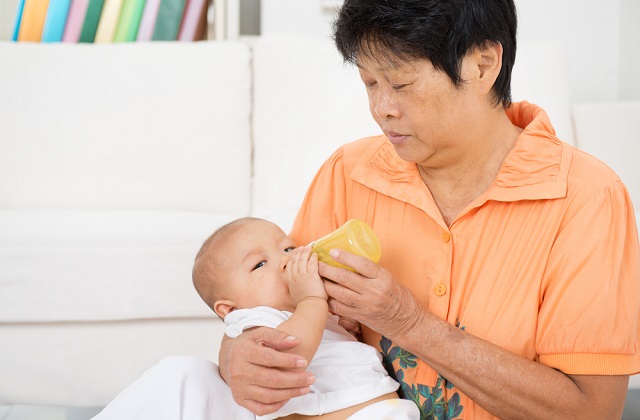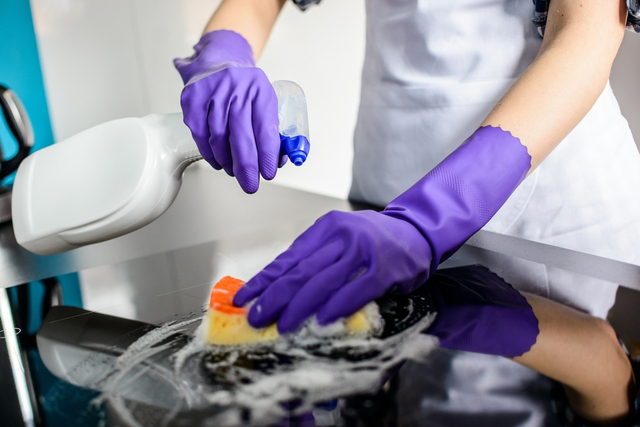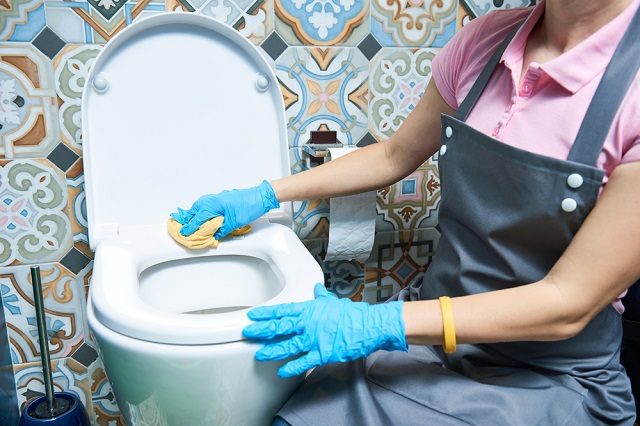Common Baby Rashes
Babies have very sensitive skin, making them easily affected by heat, bacteria, drool, and more.
Common causes of baby rashes
1.Irritants. Common irritants that can bother baby's sensitive skin are saliva, poop, baby wipes, detergents, soaps, sunscreen, and nickel.
2. Allergies. Allergic reactions can cause a baby rash to appear in a bunch of different forms. Eczema is the most common version of a baby rash triggered by allergies.
3.Infections. Infections can lead to different types of baby rash, the most common of which are fungal rashes.
Baby acne
Symptoms of baby acne:
- Pimples. Clusters of tiny red pimples and whiteheads can be seen on the cheeks, baby's nose, forehead and sometimes behind the ears and on the scalp.
- Persistent symptoms. Baby acne can last up to three to four months.
Prevention and treatment of baby acne:
Usually, baby acne clears up on its own with gentle cleansing.
Heat rash
Symptoms of heat rash:
- Tiny red bumps on baby's head, neck and shoulders, and sometimes on the chest.
- Itching. Sometimes heat rash can be itchy, so take note if the baby is scratching at her irritated skin.
Prevention and treatment of heat rash:
To prevent baby heat rash, dress baby in lighter clothing to make sure he isn't getting overheated or sweaty.
A baby rash from heat usually goes away on its own in three to four days, as long as the baby isn't overdressed and stays in a cool environment.
Diaper rash
Symptoms of diaper rash:
- Red patches on the rounded part of baby's bottom.
- Puffy, warm skin.
Prevention and treatment of diaper rash:
Diaper rash can improve with frequent diaper changes and use of over-the-counter diaper paste containing zinc oxide, which helps in acting as a barrier to prevent friction and irritation in the diaper area
Furthermore, make sure the baby's skin is completely dry before putting on a fresh diaper.
Yeast rash
Symptoms of yeast rash:
1. Pink patches appear in baby's skin folds, accompanied by small pink dots or pustules around the edge.Prevention and treatment of yeast rash:
To treat a baby yeast rash, apply a topical, over-the-counter antifungal cream a few times a day. Prevent yeast rash by keeping baby clean and dry.
Drool rash
Symptoms of drool rash:
- A red, irritated rash around baby's mouth, chin, and neck.
- Flaking skin.
Prevention and treatment of drool rash:
Have a soft bib handy to keep the skin on baby's face and chest dry. You may apply a gentle over-the-counter ointment before and after meals as a barrier to prevent saliva from touching the skin, so baby's drool rash can heal underneath it.
Eczema
Symptoms of eczema:
- Itchiness. The more severe baby's eczema is, the itchier the rash.
- Dry skin patches. This is a common sign of mild eczema.
- Pinker patches of dry, flaky skin. This signifies a moderate case of eczema.
- Red, flaky patches of skin. If baby's skin is a darker red, it signifies severe eczema, which usually comes with worsened symptoms and intense itchiness across more of the body.
Prevention and treatment of eczema:
There is no overall cure for eczema. Treatment for the conditions can only help to heal the affected skin and prevent flaring of the symptoms.
Keeping baby's skin well moisturized with a daily application of a thick moisturizer can prevent the onset of eczema in infants who are at higher risk for eczema.
Bathing is the most effective way to treat dry skin. Bathing gives skin the moisture that it needs.
Remember to apply moisturizer as soon as possible after bathing so as to "lock in" moisture
Fungal rash
Symptoms of fungal rash:
1. Pink, ring-like flaking patches of skin which pop up anywhere on the skin, including the scalp and diaper area.Prevention and treatment of fungal rash:
The best way to prevent fungal rash is to keep the skin clean and dry.
A fungal rash needs a special antifungal cream, or if it's on the scalp and hair, it may need an oral antifungal medication.
Cradle cap
Symptoms of cradle cap:
- Flaky skin. Rough, yellowish or pink crusty or oily scaly patches on the scalp. In some uncommon case, cradle cap can occur on the eyebrow, ears, crease of the nose or armpits.
Prevention and treatment of cradle cap:
Washing your baby's scalp daily with mild shampoo can help to loosen and remove the scales caused by cradle cap. You can increase the frequency of shampooing to once a day, but be sure to rinse out all the shampoo.
After shampooing, you can gently brush your baby's scalp with a soft brush or towel.
If your baby's cradle cap does not diminish over time, you may want to apply a natural oil like olive oil or almond oil on your baby's scalp and leave it on for 10 to 15 minutes. This will soften the scale.
Gently comb out the flake with a fine-tooth comb or brush the flake out with a soft brush. Do remember to rinse all oil after that.
It takes a village to raise a child !
Join our WhatsApp Parenting Chat Groups By Area in Singapore.

